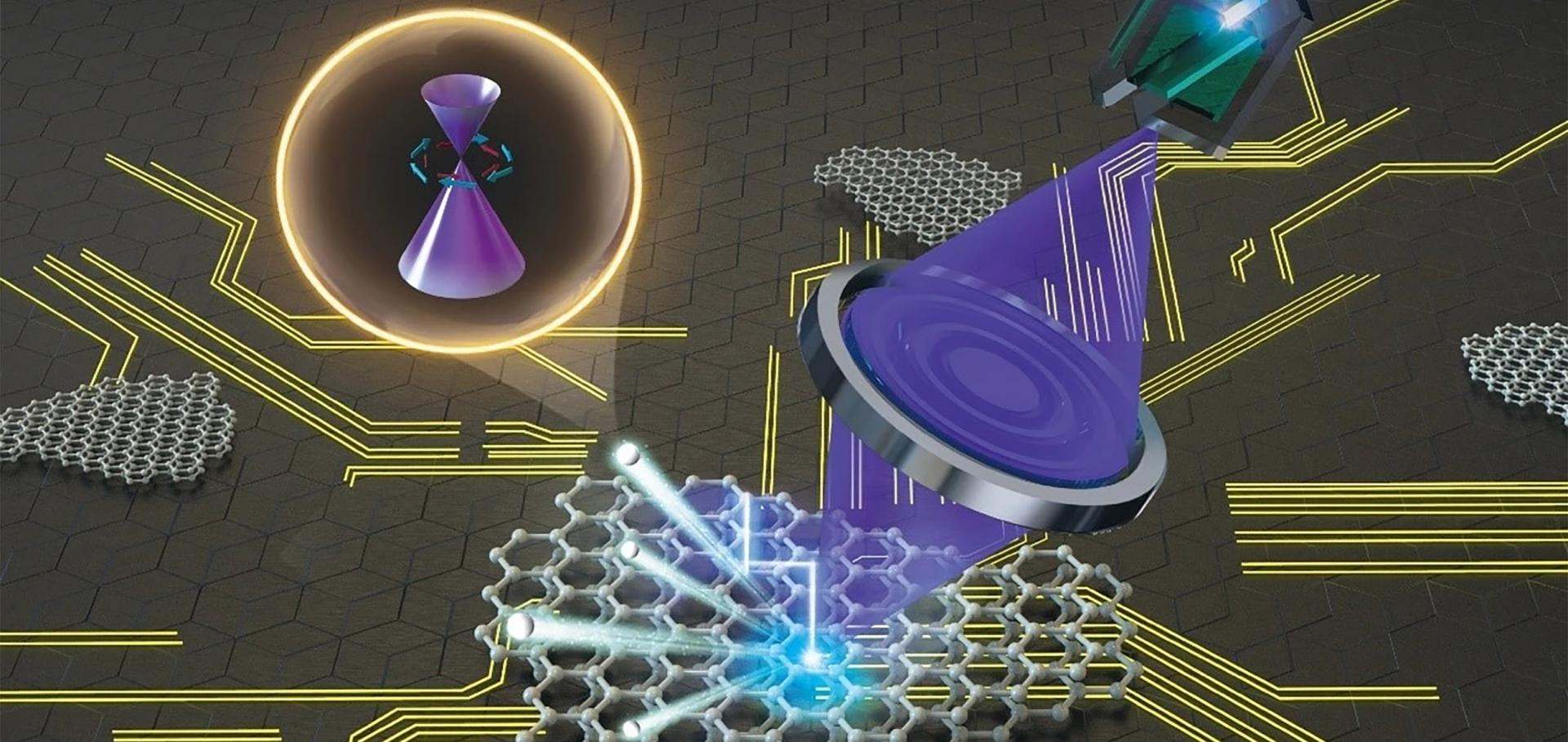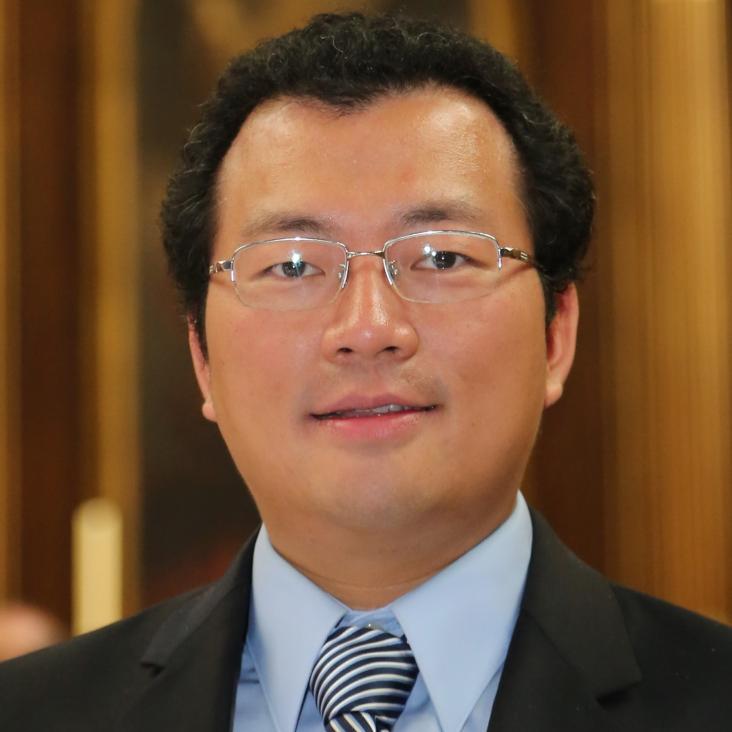Dual topology and versatile Rashba-split surface state configurations in 2M-WS2 and 2M-WSe2
Physical Review B American Physical Society 111:11 (2025) 115151
Abstract:
The 2M-phase transition metal dichalcogenides have recently attracted intensive research interest due to their rich topological and superconducting phase diagrams. Apart from the topological surface states of 2M−WS2 near Γ that originated from the strong topological order, using angle-resolved photoemission spectroscopy, we discover additional Rashba-split states on the surfaces of both 2M−WS2 and 2M−WSe2, which extend in large momentum-energy regions. First-principles calculations well reproduce these states and attribute them to the weak topological orders. The calculations further indicate that the surface state connecting configurations are tunable under moderate pressure, suggesting that 2M−WS2 and WSe2 are promising platforms to study topological phase transition and explore topological superconductivity.High-temperature surface state in Kondo insulator U<sub>3</sub>Bi<sub>4</sub>Ni<sub>3</sub>
Science Advances American Association for the Advancement of Science 11:12 (2025) eadq9952
Abstract:
The resurgence of interest in Kondo insulators has been driven by two major mysteries: the presence of metallic surface states and the observation of quantum oscillations. To further explore these mysteries, it is crucial to investigate another similar system beyond the two existing ones, SmB6 and YbB12. Here, we address this by reporting on a Kondo insulator, U3Bi4Ni3. Our transport measurements reveal that a surface state emerges below 250 kelvin and dominates transport properties below 150 kelvin, which is well above the temperature scale of SmB6 and YbB12. At low temperatures, the surface conductivity is about one order of magnitude higher than the bulk. The robustness of the surface state indicates that it is inherently protected. The similarities and differences between U3Bi4Ni3 and the other two Kondo insulators will provide valuable insights into the nature of metallic surface states in Kondo insulators and their interplay with strong electron correlations.Mott insulating phase and coherent-incoherent crossover across magnetic phase transition in 2D antiferromagnetic CrSBr
Science China Physics, Mechanics and Astronomy Springer 68:6 (2025) 267411
Abstract:
In two-dimensional van der Waals magnetic materials, the interplay between magnetism and electron correlation can give rise to new ground states and lead to novel transport and optical properties. A fundamental question in these materials is how the electron correlation manifests and interacts with the magnetic orders. In this study, we demonstrate that the recently discovered 2D antiferromagnetic material, CrSBr is a Mott insulator, through the combined use of resonant and temperature-dependent angle-resolved photoemission spectroscopy techniques, supplemented by dynamical mean-field theory analysis. Intriguingly, we found that as the system transitions from the antiferromagnetic to the paramagnetic phases, its Mott bands undergo a reconfiguration, and a coherent-incoherent crossover, driven by the dissolution of the magnetic order. Our findings reveal a distinctive evolution of band structure associated with magnetic phase transitions, shedding light on the investigation of the intricate interplay between correlation and magnetic orders in strongly correlated van der Waals magnetic materials.Direct visualization of the impurity occupancy road map in ni-substituted van der Waals ferromagnet Fe3GaTe2
Nano Letters American Chemical Society 25:11 (2025) 4260-4266
Abstract:
Impurity substitution is effective for studying the intrinsic properties of a quantum material. When the target element has multiple Wyckoff positions, it is challenging but essential to know the exact position and occupancy order of the impurity atoms. Via comprehensive experimental and theoretical investigations, we establish the Ni substitution road map in van der Waals ferromagnet Fe3GaTe2. The results unambiguously reveal that in (Fe1–xNix)3GaTe2, Ni atoms initially form interlayer gap Ni3 sites when x < 0.1 and then gradually occupy Fe2 sites. When x > 0.75, they start to substitute for Fe1 sites and eventually realize full occupation. Accordingly, TC and saturation moments both show nonlinear decreases tied to the different roles of Ni3, Fe1, and Fe2 sites in the spin Hamiltonian. The results not only yield fruitful insights into the roles of different Fe sites in Fe3GaTe2 but also set a paradigm for the future study of impurity substitution on other quantum materials.Unusually High Occupation of Co 3d State in Magnetic Weyl Semimetal Co<sub>3</sub>Sn<sub>2</sub>S<sub>2</sub>.
ACS nano American Chemical Society (ACS) 19:9 (2025) 8561-8570


